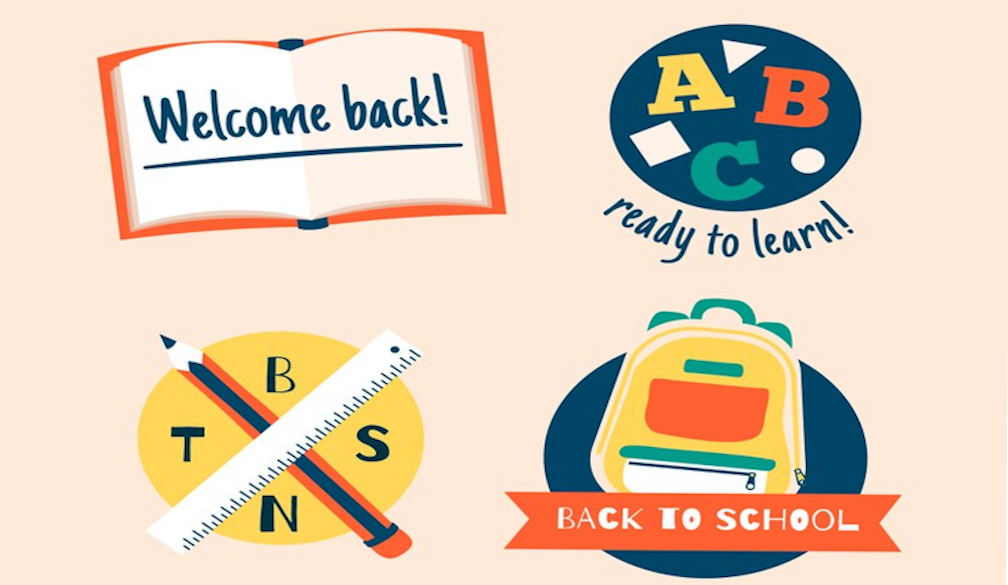How to Choose and Use Teacher Stamps Effectively

Teacher stamps are a valuable tool for educators, providing a quick and efficient way to give feedback, motivate students, and streamline grading. They can make classroom management easier and more enjoyable for both teachers and students. Here’s a guide on how to choose and use teacher stamps effectively.
1. Identify Your Needs
Before purchasing teacher stamps, it’s important to identify your specific needs. Consider the following:
- Grade Level: Different grade levels may require different types of feedback. Younger students may respond well to simple, colorful stamps with images, while older students may benefit from more detailed feedback.
- Subjects: Think about the subjects you teach. Math and science might benefit from stamps that say “Great Job!” or “Check Your Work,” while language arts might use “Excellent Writing!” or “Needs Improvement.”
- Frequency of Use: Determine how often you plan to use the stamps. If you plan to use them daily, durable, self-inking stamps might be a better investment.
2. Types of Teacher Stamps
a. Self-Inking Stamps
Self-inking stamps are convenient and easy to use. They have a built-in ink pad that automatically re-inks the stamp after each use. This type is ideal for frequent use and provides consistent impressions.
b. Traditional Rubber Stamps
Traditional rubber stamps require a separate ink pad. They offer flexibility, as you can use different colors of ink pads for various purposes. However, they can be messier and require more time to use.
c. Custom Stamps
Custom stamps can be personalised with specific messages, images, or logos. These are great for creating unique feedback tailored to your classroom needs. They can be more expensive but provide a personal touch that students may appreciate.
3. Effective Use of Teacher Stamps
a. Consistent Feedback
Use teacher stamps consistently to provide clear and concise feedback. This helps students understand what is expected of them and recognises their achievements. For example, using a “Great Work!” stamp for all well-done assignments reinforces positive behavior.
b. Encourage and Motivate
Stamps can be a great way to motivate students. Positive reinforcement through stamps like “Fantastic!” or “Keep Trying!” can boost student morale and encourage them to put in more effort. Consider having a variety of motivational stamps to keep feedback fresh and engaging.
c. Time Management
Teacher stamps can save valuable time, especially when grading a large number of papers. A quick stamp can replace writing out the same comments multiple times. This efficiency allows you to focus more on personalised feedback where it’s needed most.
d. Classroom Management
Use stamps to support classroom management. For example, stamps like “Homework Complete” or “Parent Signature Needed” can help keep track of assignments and ensure that important information reaches parents.
4. Tips for Maintaining Teacher Stamps
a. Proper Storage
Store your stamps in a cool, dry place to prevent the ink from drying out. Keep them in a designated container to stay organised and ensure they are easy to find when needed.
b. Re-inking
For self-inking stamps, follow the manufacturer’s instructions for re-inking. Regularly check the ink levels to ensure clear impressions. For traditional rubber stamps, make sure your ink pad is always adequately inked.
c. Cleaning
Periodically clean your stamps to maintain their quality. Gently wipe them with a damp cloth to remove any excess ink or debris that may affect the clarity of the stamp.
5. Integrating Technology
Consider combining traditional stamps with digital tools. For example, you can use a stamp to direct students to an online resource or feedback form. This hybrid approach can modernise your classroom and make the feedback process more interactive.
Conclusion
Teacher stamps are a versatile and effective tool for providing feedback, motivating students, and managing classroom tasks. By carefully choosing the right types of stamps and using them consistently, you can enhance your teaching efficiency and create a positive learning environment. Whether you opt for self-inking, traditional rubber, or custom stamps, maintaining them properly and integrating them with digital tools can maximise their benefits.

